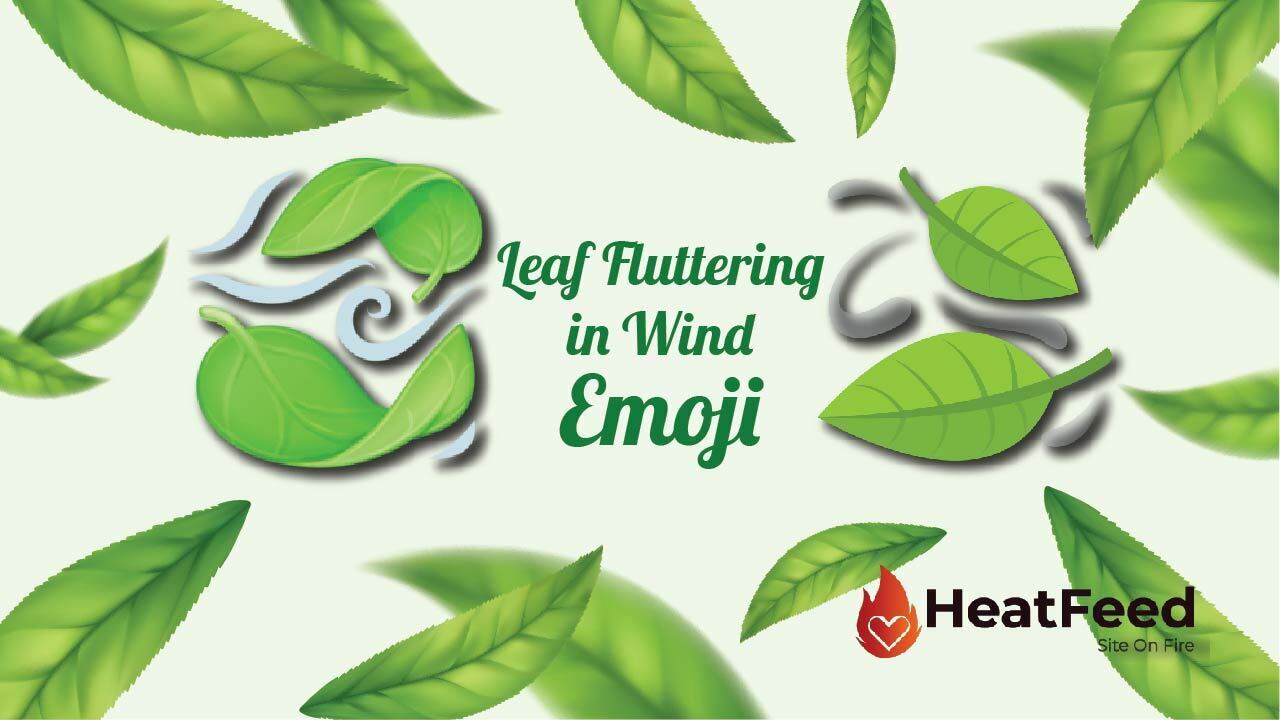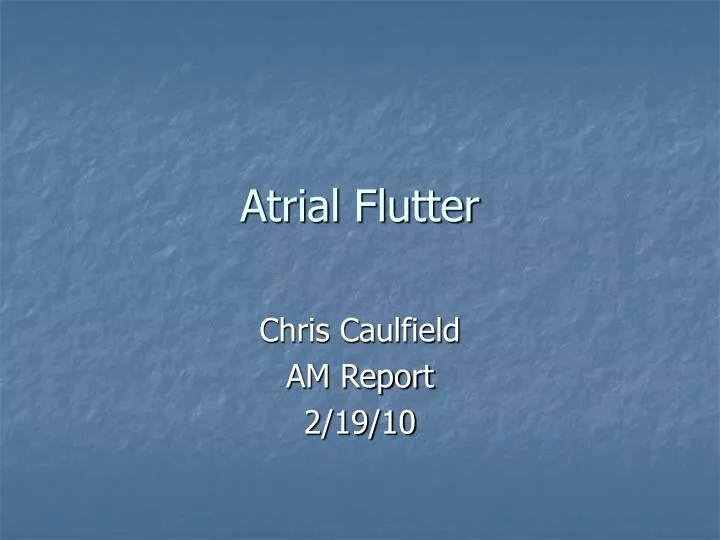
Treadmill exercise improves mucus clearance mechanisms in CF by increasing PEF and reducing sputum mechanical impedance. If exercise also aids mucus clearance, it would reduce treatment time, as exercise could substitute airway clearance interventions, while gaining the other known benefits of exercise.Īirway clearance or physiotherapy techniques aim to improve mucus clearance by the following mechanisms: altering airflow (increasing the peak expiratory flow and creating an expiratory airflow bias, with the ratio of peak expiratory to peak inspiratory flow, PEF:PIF > 1.10) improving the physical properties of the mucus potentially increasing airway surface hydration and coughing. Exercise improves physical fitness and may also improve lung function and quality of life in people with CF. Strategies to combine effective interventions to minimise treatment time are needed. Most therapies are required daily and adults with CF report spending an average of 108 min on treatment activities each day, the majority of that time performing airway clearance and exercise. Interventions to improve mucus clearance are integral to the respiratory management of CF.
#Flutter meaning in australia registration
Trial registrationĪustralian and New Zealand Clinical Trials Registry, Registration number # ACTRN12609000168257, Retrospectively registered (Date submitted to registry, First participant enrolled, Date registered ).Ĭystic fibrosis (CF) lung disease is characterised by reduced hydration at the airway surface and dehydrated mucus, resulting in impaired mucus clearance that leads to a cascade of inflammation and progressive lung damage. Only longer term studies, however, will determine if exercise alone is an adequate form of airway clearance therapy that could replace other airway clearance techniques. ConclusionsĪ single bout of treadmill exercise and Flutter® therapy were equally effective in augmenting mucus clearance mechanisms in adults with CF. Treadmill exercise improved ease of expectoration and Flutter® therapy improved subjective sense of chest congestion. Treadmill exercise and Flutter® therapy resulted in similar significant reductions in sputum mechanical impedance, but only treadmill exercise caused a transient increase in sputum hydration. peak expiratory flow was at least 10% higher than peak inspiratory flow). Treadmill exercise and Flutter® resulted in similar significant increases in peak expiratory flow, but only Flutter® created an expiratory airflow bias (i.e. Sputum properties (solids content and mechanical impedance) and subjective responses (ease of expectoration and sense of chest congestion) were measured before, immediately after the interventions and after 20 min of recovery. Respiratory flow was measured during the interventions.

Interventions consisted of 20 min of resting breathing (control), treadmill exercise at 60% of the participant’s peak oxygen consumption and Flutter® therapy. Twenty-four adults with mild to severe CF lung disease (FEV 1 28–86% predicted) completed a three-day randomised, controlled, cross-over study.

The aim of this study was to evaluate respiratory flow, sputum properties and subjective responses of treadmill exercise and Flutter® therapy, compared to resting breathing (control).

It is therefore not known if treadmill exercise is an adequate form of airway clearance that could replace established airway clearance techniques, such as the Flutter®. Treadmill exercise and airway clearance with the Flutter® device have previously been shown to improve mucus clearance mechanisms in people with cystic fibrosis (CF) but have not been compared.


 0 kommentar(er)
0 kommentar(er)
